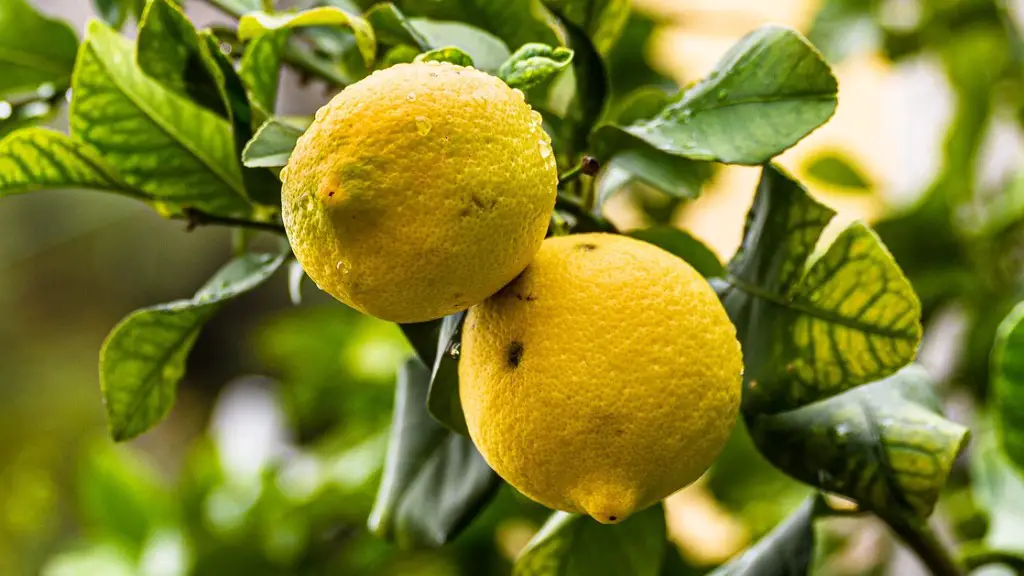A brief background
Avocados are one of the most popular fruits in the world, but not all avocados are the same. Dwarf avocado trees are a type of avocado tree that grows much slower and is much smaller than regular avocado trees. They are ideal for growing in smaller spaces, such as in a pot or container on a balcony or patio. Even though these trees are smaller, they still produce a considerable amount of fruit. So how big do dwarf avocado trees get and what kind of fruit can they produce?
Dwarf Avocado Tree Size
Dwarf avocado trees reach heights of 6 to 8 feet, with canopies that can span about 4 feet in diameter. Depending on the variety, some trees may be more compact and some more open. Living in smaller spaces does not mean that these trees have to have fewer branches and leaves. By pruning and giving them proper care, these trees can reach their maximum potential and produce large fruits.
Yield and Fruit Quality
When it comes to yield, dwarf avocado trees produce more than enough fresh fruit. Most dwarf avocado trees are capable of producing up to 20 to 30 avocados per crop, making them a great choice for home gardeners or small-scale farmers. As for the fruit quality, dwarf avocado trees produce grade A fruits and can grow up to anywhere between 8 and 10 ounces.
Care Requirements
Just like any other types of avocado tree, a dwarf variety needs good soil, adequate light, and quality fertilizer. Soil should be well-draining and rich in organic matter, and the tree should get between 8 and 10 hours of sunlight each day. Fertilizer should be used to add organic matter to the soil, and it should be applied bi-monthly during the spring and summer months. Watering should be done 1 to 2 times a week, depending on the soil conditions and the weather.
Pruning and Training
Pruning and training are important in order to encourage healthy growth and keep the dwarf avocado tree from growing too large and taking up too much space. Pruning should be done regularly and training should begin when the tree is young. By using trellises, staking, and tying the branches, you can keep your tree smaller in size and open in structure.
Harvesting and Storing the Fruit
When the fruit is ripe, it will drop off the tree. You can then collect the fruit and store it in a cool, dry place. Some varieties of avocado require special harvesting and storing techniques, so make sure to research the specific variety you are growing.
Advantages of Growing Dwarf Avocado Trees
Growing dwarf avocado trees offers several benefits, especially for those living in small spaces. Since the trees are small and compact, they take up less space and require less effort to manage. They also produce fresh fruits that are much higher in nutrient and flavor than those sold in stores, giving gardeners more control over the quality of their food.
Challenges of Growing Dwarf Avocado Trees
Although there are many benefits to growing dwarf avocado trees, there are also some challenges that must be taken into consideration. For example, the trees are more prone to fungal diseases due to their slow growth and small size, so proper care must be taken to keep the tree healthy. Additionally, dwarf avocado trees can be prone to pest infestations due to their dense canopies and thick leaves.
Insect and Disease Management
While the dwarf avocado tree is fairly resistant to pests and diseases, regular monitoring and treatment can help protect the tree and its fruit. To prevent insect and disease issues, use physical barriers such as netting and screens to keep pests away and employ a strategy of pruning, composting, and crop rotation to promote soil health and discourage disease. Additionally, avoid applying harsh chemical pesticides or insecticides as they can be harmful to the environment and the tree itself.
Conclusion
Dwarf avocado trees are ideal for small spaces and can produce large crops of high-quality fruit. Despite their small size, these trees require proper care and management in order to produce their best fruit, including providing adequate light, feeding them regularly, and managing any insects and diseases that may appear. Once you have established a good maintenance routine, you can enjoy the delicious fruits of your labor for years to come.

